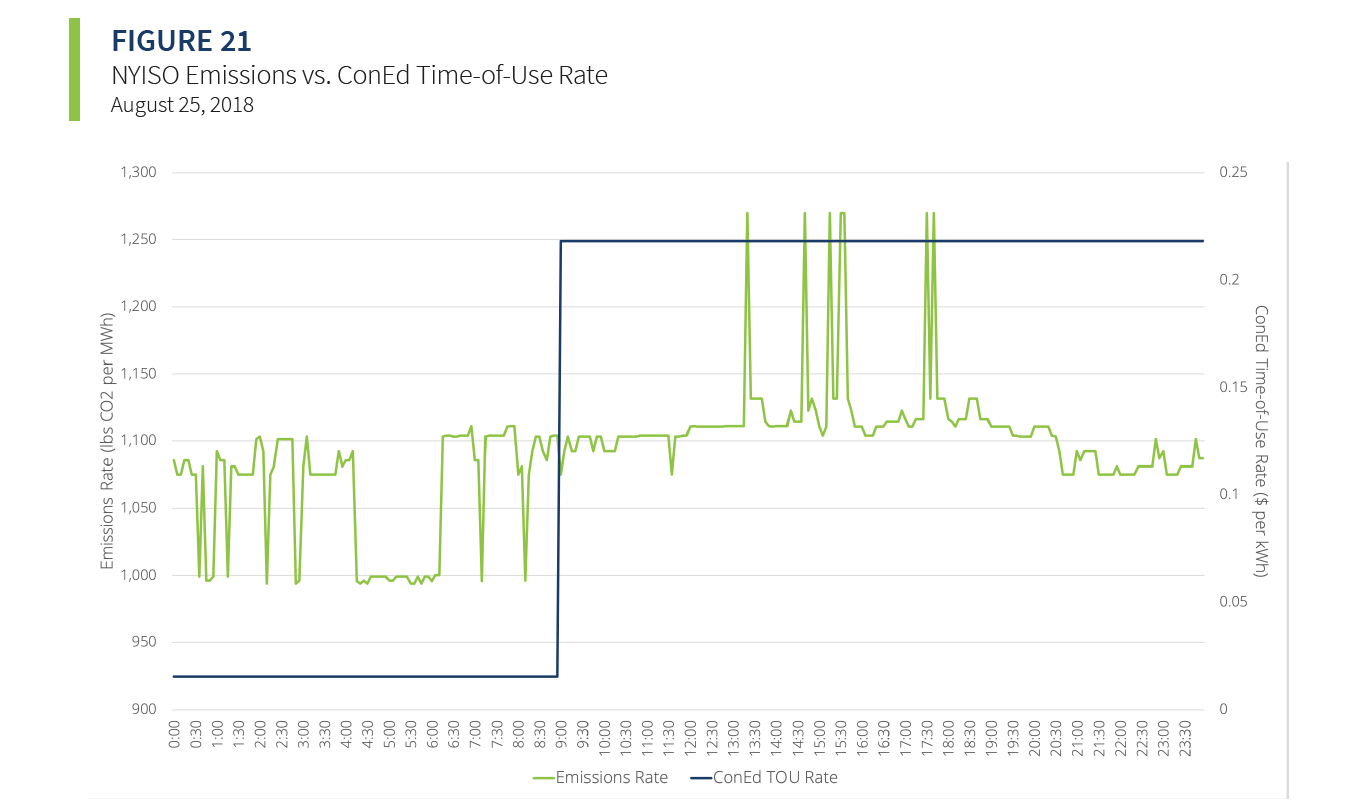by Susan Buchan
Are we on the verge of an EV “tipping point” similar to other technological advances that found rapid acceptance and integration into the marketplace? Projections show the rise of electric vehicle adoption in the US is positioned to continue and increase. Historical data show refrigerators, clothes dryers, color TV, personal computers, and smartphones all rose from early-adopter status to widespread diffusion and ownership in about ten years.*
While year-over-year EV sales growth slowed in 2019 from the exponential 40% increase 2017 to 2018, EVs still accounted for 2.6% of all auto sales. As of September 2019, over 1.3 million EVs traversed U.S. roads.
EV charging demands are significant. Keeping vehicles charged could negatively alter load curves and increase peak demand if not managed wisely on the electrical grid. Rising demand peaks might cause utilities to add to their contracted capacity obligations, thus increasing market costs that are then passed on to all customers. How do we avoid this scenario?
Optimized Charging to the Rescue
Optimized charging refers to the practice of consistently charging an EV in a timeframe that reduces the EV owner’s electricity costs while also improving or flattening the load curve, enhancing reliability of the grid, and better utilizing clean energy. This is a needed and promising solution that can be promoted to consumers through time varying rates coupled with incentives for chargers that turn off and on depending on prevailing grid conditions**, but time of use does not always coincide with the emissions profile of the grid.

Christy Lewis et al. How Emissions-Optimized EV Charging Enables Cleaner Electric Vehicles. WattTime. September 2019.
Emission profiles rely on time, of course, but must also take in account locale (as various locations have different emissions profiles depending on sun and wind), as well as the “marginal response” – the change in emission intensity caused when power plants ramp up or down in response to an EV owner – or a million EV owners – plugging and unplugging their vehicles.
Emissions optimized charging can prioritize emissions intensity as the primary decision factor in whether to activate charging, and then intermittently charge a vehicle so that it is fully charged within a prescribed time period. Because most charging occurs at home when users plug in after work, there is ample time to complete a charging period overnight using a Level 2 charger, even with periods of inactivity in reaction to increased emissions from the fuel mix. Berkeley, CA non-profit WattTime has developed a software that can synchronize charging to coincide with periods when the grid is being supplied by cleaner fuels, or when “dirty” fueled power plants would need to come on line to meet demand.
Another benefit of emissions optimized charging is the ability to more fully integrate excess production of intermittent distributed energy resources, such as solar on a sunny day in California. Enabling vehicles to run completely on 100% renewable energy is an outcome that can further drive down emissions.
Increased adoption of EVs in the coming years presents extraordinary challenges to the electrical grid but can be managed with charging technologies currently in the marketplace. The benefits of transforming the transportation sector away from fossil fuels to reduce carbon emissions and improve public health are clear.
Part 2 will discuss another benefit of EVs: the ability to use reserve battery capacity to serve grid needs in bi-directional charging scenarios.
–Susan Buchan is E4TheFuture’s Director of Energy Projects
